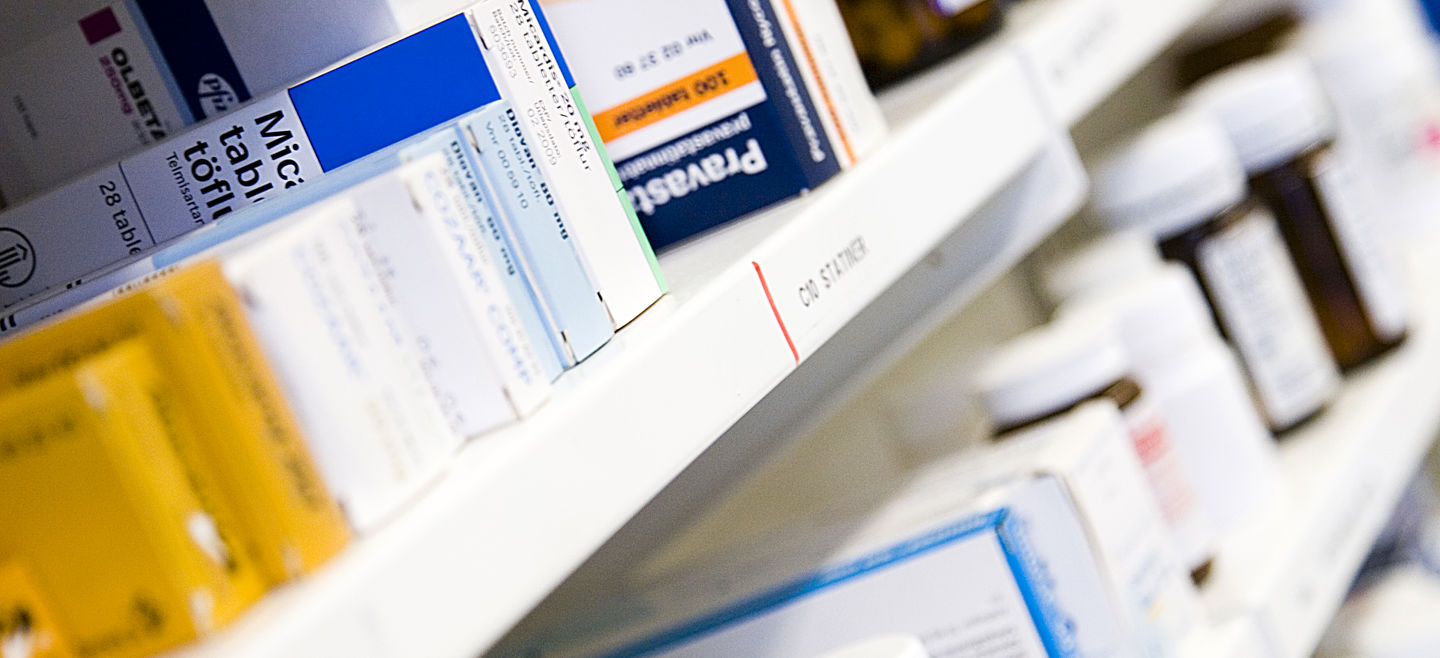New model for prioritised adoption and use of hospital medicine in Denmark since 2017: Challenges and perspectives
Authors:
Management and implementation
Economic and governance
Health
Management and implementation, Economic and governance, Health

Technological innovation creates new treatment opportunities, while also putting healthcare budgets under strain. To deal with the rising costs of hospital medicines, the regional governments in Denmark have developed a new model for prioritising the adoption and use of hospital medicine. Marking a shift from previous policies, the new model formalises the evaluation of clinical benefit, adds an assessment of treatment costs and ensures a relatively high degree of direct stakeholder involvement. In international comparison, the new model is ambitious in terms of stakeholder involvement and adherence with principles advocated to ensure procedural justice and fair decision-making processes. However, these procedural innovations have also created new challenges. Notably, the newly formed assessment body, the Danish Medicines Council, is faced with a very high caseload and limited options to prioritise the use of its analytical resources.
Authors
About this publication
Financed by
Novo Nordisk FondenPublished in
Health Policy
